Millions of Americans wear dentures. Unfortunately, the majority of denture wearers are dissatisfied with their prosthesis — their chief complaints being poor retention, discomfort or difficulty speaking and eating. Supporting and stabilizing dentures with small diameter implants (mini-implant retained dentures) can resolve these problems and significantly improve denture retention — offering long-term clinical success.
The procedure involves creating a removable connection between the implants and the corresponding attachments or secondary components of the denture. The bonding of the attachments can be done by a lab in the indirect procedure, which causes a second appointment and is inconvenient for patient and clinician. As an alternative it can be done directly in the pick up method.
embedImagecenter("Imagecenter_1_387",387, "large");
The direct pick up method has the advantage that it can be done in one appointment and it is more accurate. However, the biggest fear of clinicians is the accidental locking of the denture to the abutment. VOCO is introducing Quick Up, an innovative and complete system that virtually eliminates the risk of interlocking and cuts chair side time in half.
The Quick Up product
With everything in one system, Quick Up improves workflow and chairside efficiency — saving time and money. The system includes Quick Up self-curing composite in the QuickMix syringe. Designed specifically for bonding attachments, such as ball, Locator and telescopic attachments as well as other attachments in acrylic-based dentures, Quick Up Self-curing composite can also be used for reattaching secondary elements in a denture such as bar retainers.
Easy to use, Quick Up self-curing composite demonstrates exceptionally high strength, a physical attribute that’s essential for the long-term stability of denture attachments.
Other components of the system include: Fit Test C&B — used to check whether the openings in the denture base provide enough space to receive the attachments and for blocking out undercuts in the overdenture; Quick Up adhesive — a strong adhesive material that is applied to the underside of the denture to improve composite retention; and Quick Up LC, a light-cure composite used to correct minor surface defects in the denture.
The new Quick Up method
After the mini-implants have been placed into the jaw, a recess is prepared into the denture. The Quick up method does not require vent holes. To ensure that the openings in the denture base provide enough space to receive the attachments the kit includes Fit Test C&B, a control silicone (Fig. 1). This step is optional, but highly recommended for best results.
Fit Test can also be used to block out any undercuts around the attachments, teeth, or implants (Fig. 2). Quick Up adhesive is applied and then recess filled only 2/3 full with the fast-setting Quick Up self-curing composite using the Quick Up automix syringe (Fig. 3).
By under filling the recess the risk of interlocking the denture with the intraoral attachments is virtually eliminated. Furthermore it saves time by eliminating the time-consuming step of removing excess composite material later. After seating the denture in the patient’s mouth the material will set intraorally in only 2.5 minutes.
After removal, any deficiencies can easily filled with the light-cured Quick Up LC (Fig. 4).
Optimized work flow improves the bottom line
The new Quick Up method not only improves the clinical success rate, but furthermore also optimizes the work flow. In difficult economic times it becomes more and more important for clinicians to optimize work flows without compromising quality. The Quick Up method is a great example how a product can not only improve results, but furthermore improves the work flow and saves time and therefore money.
Compared to indirect lab processed bonding of denture housings, the clinician saves impression material, disinfection, chairside time and lab fees. But even if the direct pick up method is chosen there are differences.
The new Quick up method cut the procedure time in half and can save the clinician up to $125 in chair side time for each procedure.
(Source: VOCO)
LEIPZIG, Germany: Rural communities across the US are facing a growing oral health crisis as access to fluoridated water and dental care diminishes. This ...
Dentists often don’t look forward to having patients with dentures, according to Paul Homoly, DDS, president of Homoly Communications. When asked why,...
NEWPORT BEACH, Calif., USA: New research conducted on behalf of the Oral Cancer Foundation has found that many Americans are unaware of the fact that the ...
OXNARD, Calif., USA: A recent report authored by John A. Molinari, Ph.D., and Peri Nelson, B.S., suggests that there are many advantages of using disposable...
For May’s National Save Your Tooth Month, the American Association of Endodontists’ new survey reveals that nearly half of adults will only go to the ...
Ormco Corp., a global leader in orthodontic solutions for more than 60 years, is thrilled to announce the modernization of the commonplace adhesive and ...
ROCK HILL, S.C., US: 3D Systems has announced the US commercial launch of its NextDent Jetted Denture Solution. The denture system utilises multiple ...
DALLAS, US: Government survey data from 2019 shows that approximately 29 million Americans see a dentist annually but not another medical professional, ...
Odds are your practice is suffering because of a blind spot that I guarantee you’re not aware of. A blind spot that is costing you $5,000 to $54,000 a...
INDIANAPOLIS, US: Although prosthodontic treatment is the primary means of helping either completely or partially edentulous patients, nutritional ...
Live webinar
Wed. 14 January 2026
12:00 PM EST (New York)
Dr. Théo Laplane, Dr. Robert Gottlander DDS
Live webinar
Fri. 16 January 2026
12:00 PM EST (New York)
Live webinar
Mon. 19 January 2026
1:00 PM EST (New York)
Philipp Kopp, Michael Seeber
Live webinar
Thu. 22 January 2026
9:00 AM EST (New York)
Prof. Judith Jones D.D.S; M.P.H., Prof. Kakuhiro Fukai D.D.S., Ph.D, Dr. Bathsheba (Bethy) Turton
Live webinar
Thu. 22 January 2026
2:00 PM EST (New York)
Dr. Nicola M. Grande DDS, PhD
Live webinar
Wed. 28 January 2026
8:00 AM EST (New York)
Live webinar
Wed. 28 January 2026
11:00 AM EST (New York)
Prof. Dr. Jan-Frederik Güth



 Austria / Österreich
Austria / Österreich
 Bosnia and Herzegovina / Босна и Херцеговина
Bosnia and Herzegovina / Босна и Херцеговина
 Bulgaria / България
Bulgaria / България
 Croatia / Hrvatska
Croatia / Hrvatska
 Czech Republic & Slovakia / Česká republika & Slovensko
Czech Republic & Slovakia / Česká republika & Slovensko
 France / France
France / France
 Germany / Deutschland
Germany / Deutschland
 Greece / ΕΛΛΑΔΑ
Greece / ΕΛΛΑΔΑ
 Hungary / Hungary
Hungary / Hungary
 Italy / Italia
Italy / Italia
 Netherlands / Nederland
Netherlands / Nederland
 Nordic / Nordic
Nordic / Nordic
 Poland / Polska
Poland / Polska
 Portugal / Portugal
Portugal / Portugal
 Romania & Moldova / România & Moldova
Romania & Moldova / România & Moldova
 Slovenia / Slovenija
Slovenia / Slovenija
 Serbia & Montenegro / Србија и Црна Гора
Serbia & Montenegro / Србија и Црна Гора
 Spain / España
Spain / España
 Switzerland / Schweiz
Switzerland / Schweiz
 Turkey / Türkiye
Turkey / Türkiye
 UK & Ireland / UK & Ireland
UK & Ireland / UK & Ireland
 International / International
International / International
 Brazil / Brasil
Brazil / Brasil
 Canada / Canada
Canada / Canada
 Latin America / Latinoamérica
Latin America / Latinoamérica
 China / 中国
China / 中国
 India / भारत गणराज्य
India / भारत गणराज्य
 Pakistan / Pākistān
Pakistan / Pākistān
 Vietnam / Việt Nam
Vietnam / Việt Nam
 ASEAN / ASEAN
ASEAN / ASEAN
 Israel / מְדִינַת יִשְׂרָאֵל
Israel / מְדִינַת יִשְׂרָאֵל
 Algeria, Morocco & Tunisia / الجزائر والمغرب وتونس
Algeria, Morocco & Tunisia / الجزائر والمغرب وتونس
 Middle East / Middle East
Middle East / Middle East






























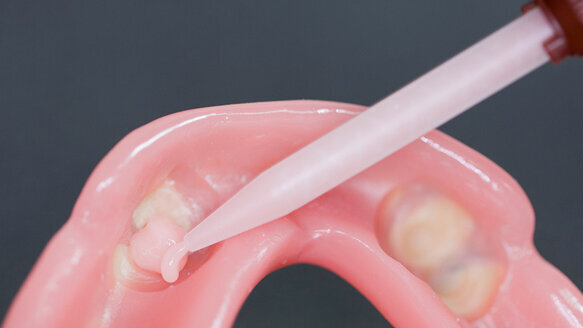



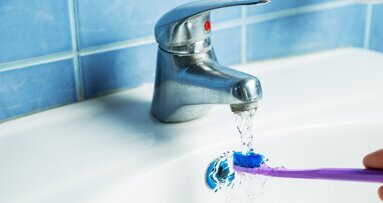
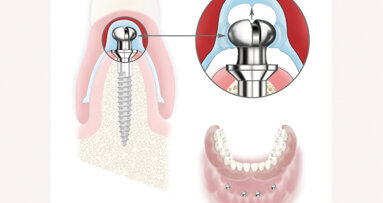
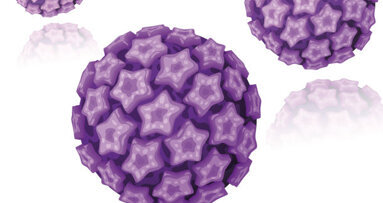
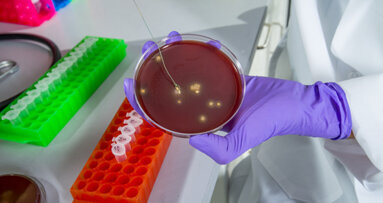

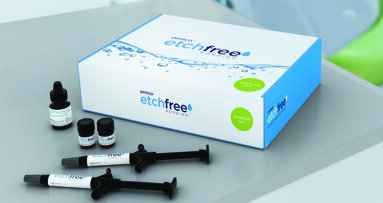
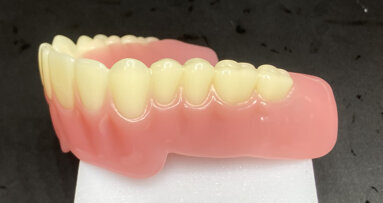
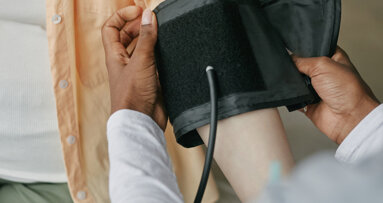



















To post a reply please login or register